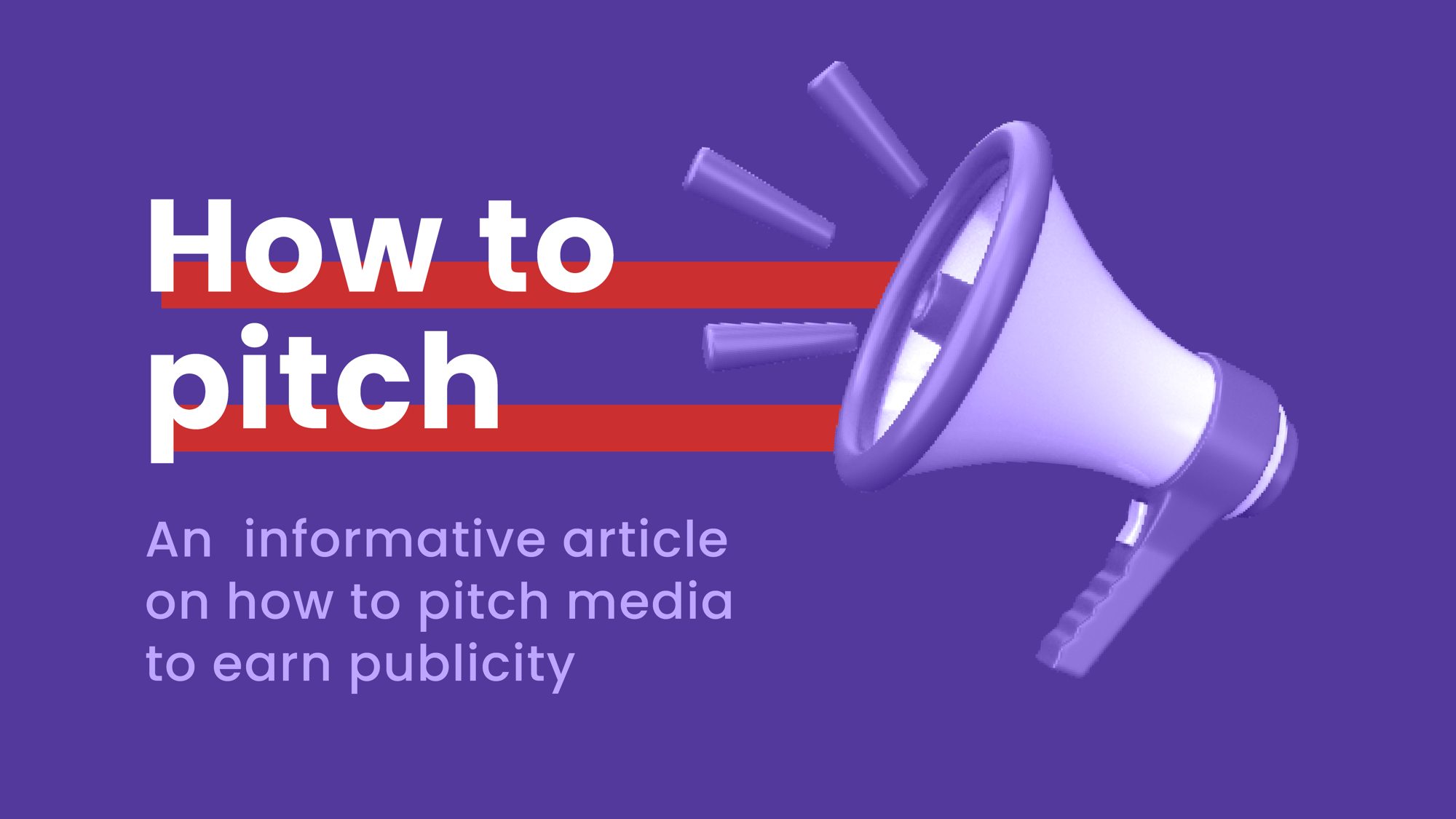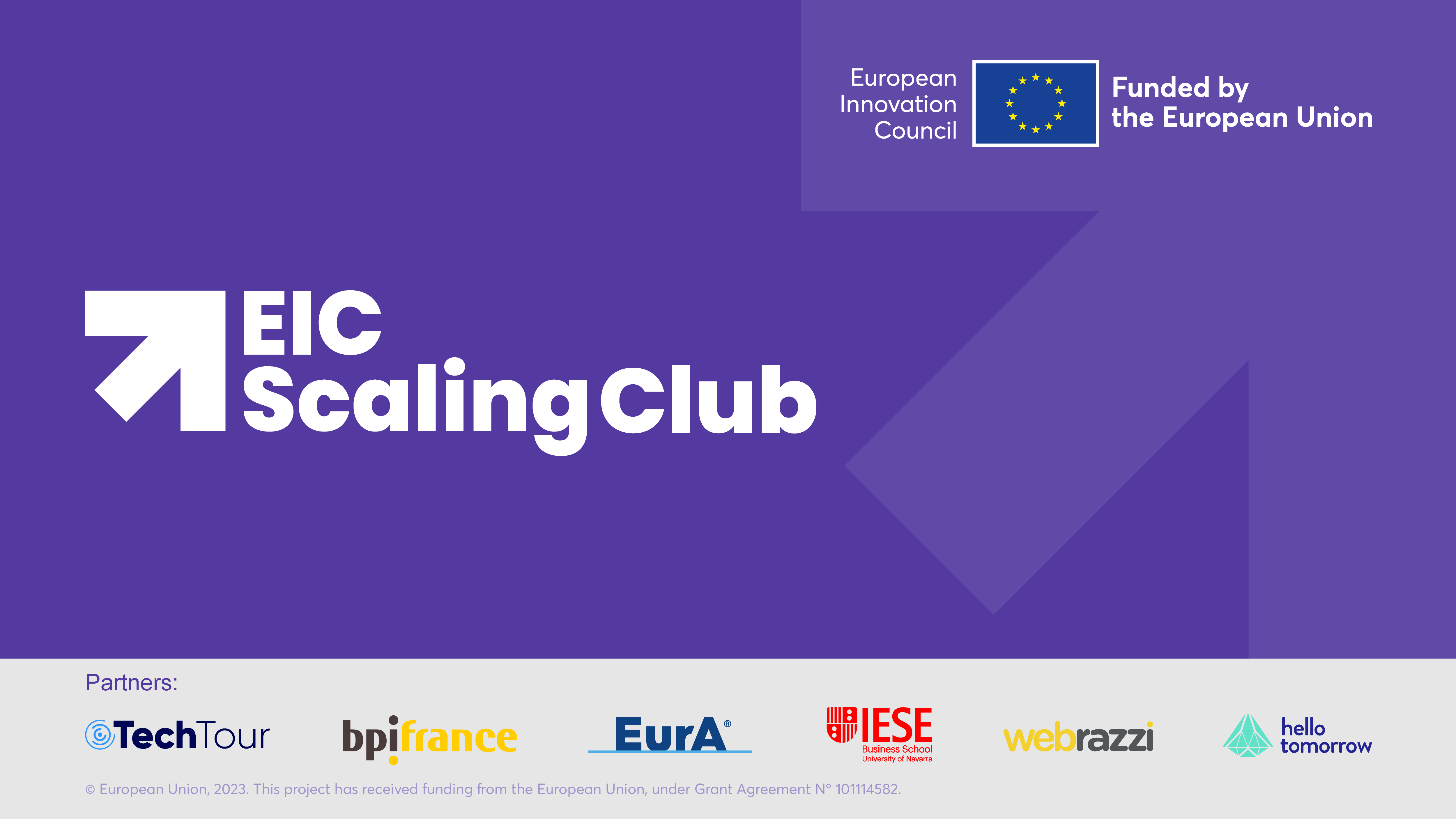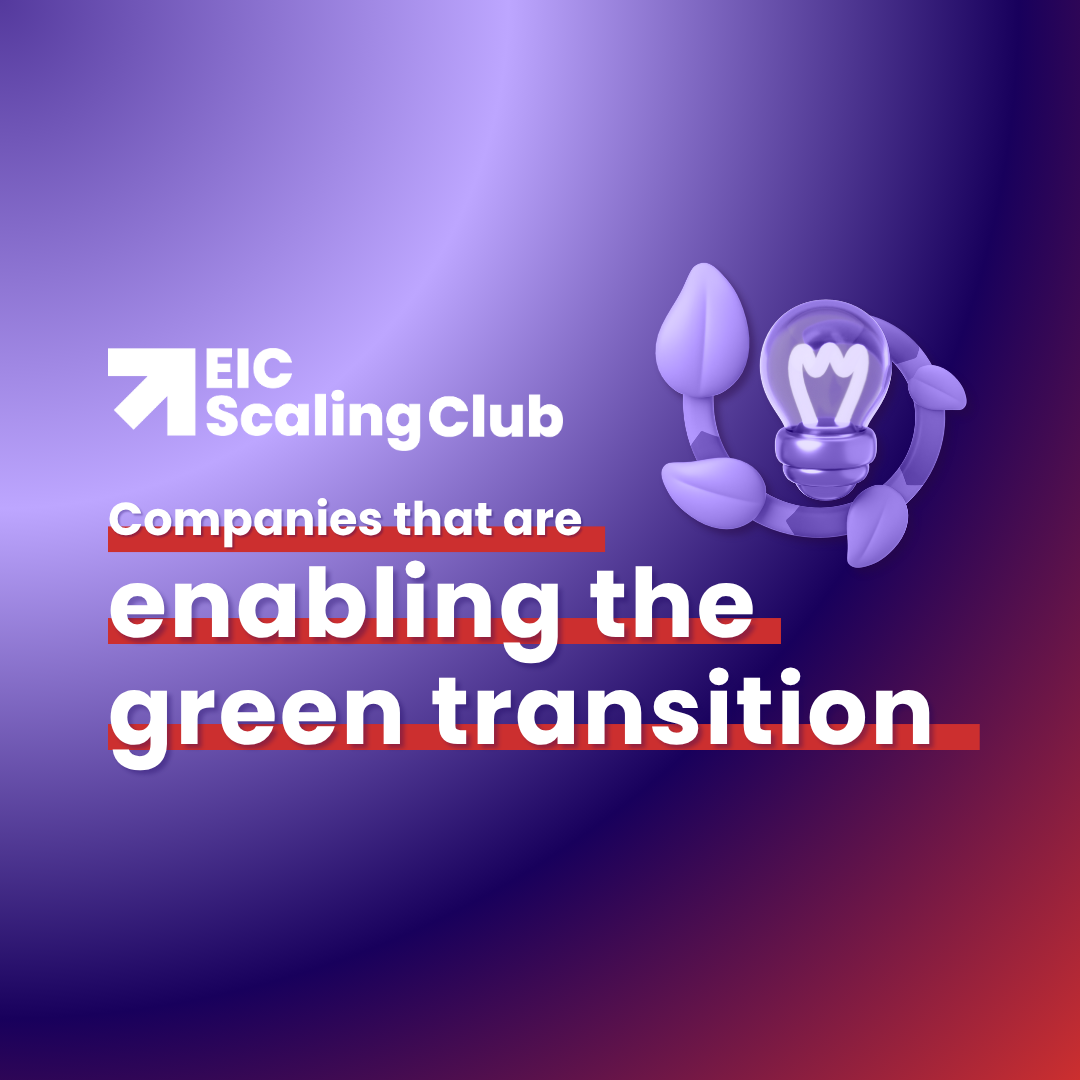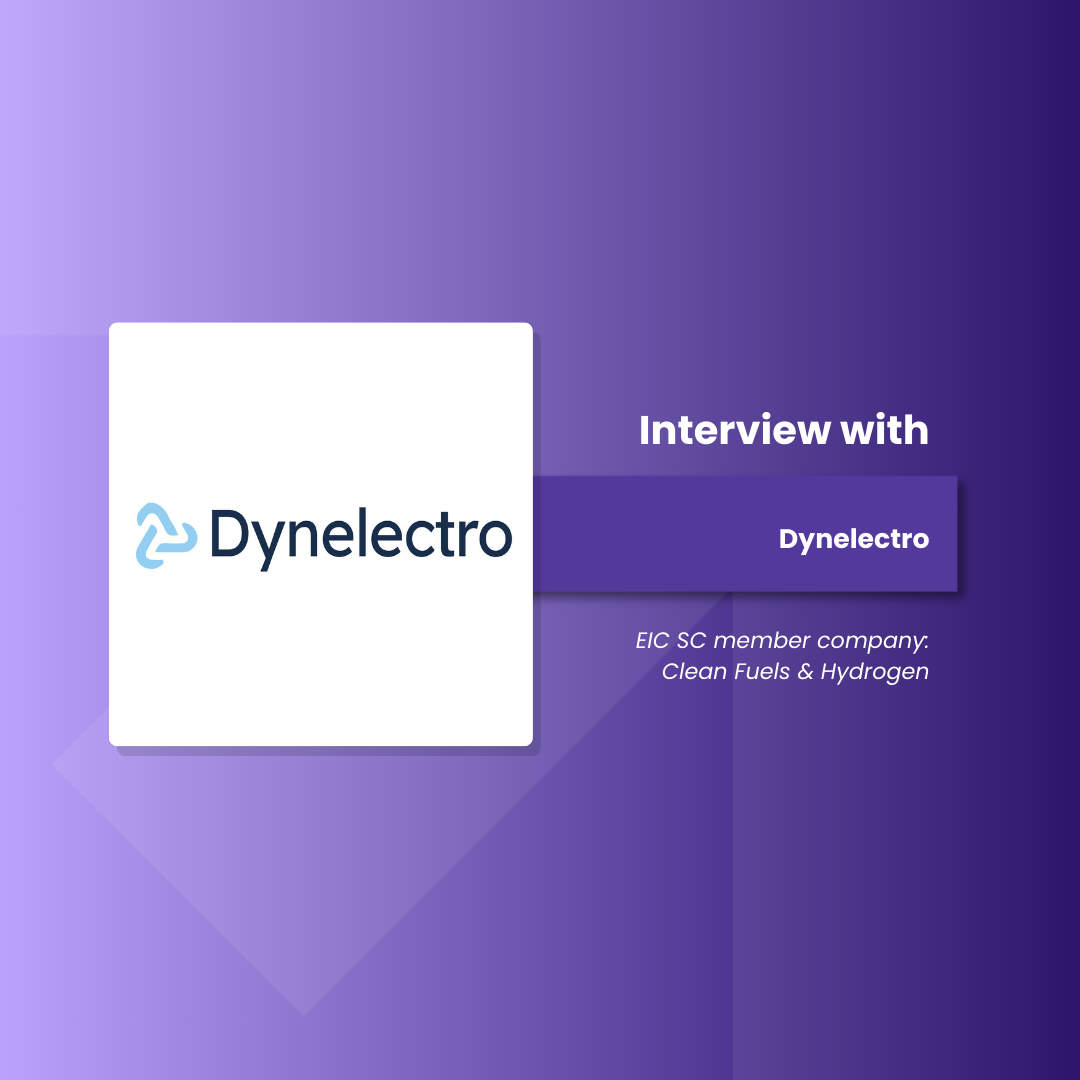From food to fuels: EIC Scaling Club companies accelerating the green transition
7 Nov 2025

Are you ready to boost your company’s publicity and share your story with the world?
Communicating with the media and pitching stories doesn’t have to be daunting. Today, we’ll take a look at what the media wants, help you identify your company’s stories, and craft the perfect pitch to get the attention your business deserves.
But first things first – let’s get on the same page about what PR is and what it is not.
Public relations (PR):
Strategic communication to attract attention and shape public opinion about your company via earned publicity.
As the definition suggests, PR is about boosting your company’s visibility and establishing a certain brand image, using publicity that is not bought. It means that paid articles would not be considered PR – that would be advertising.
The truth many founders don't want to hear is this – the media doesn't really care about your company. Their goal is to deliver stories that their audiences would like to read.
So, what do people want to read? They want stories that are:
In other words, it’s not enough that your company exists and does groundbreaking things – it has to fit into a bigger story that people can relate to.
There can be several approaches, but here are a few ways to identify media-worthy stories within your business.
Pro tip:
Every single one of these stories can be an article, a podcast episode, a conference talk, and much more. Repurpose your stories in different media formats to make the most of them!
Once you’ve found your story and identified the right media outlet to approach, it’s time to write your pitch.
A successful pitch starts with figuring out who you should approach.
Now, the next step is to sit down and write the email. Here are the must-haves and best practices of a good pitch.
If you’re pitching an opinion piece, it’s also crucial to:
Here’s a pitch of an opinion piece, where these things are taken into consideration.

Once your email is sent, give the journalist or editor some time to review it. After a few days, send a follow-up. You can follow up more than once, but if you don’t hear back after three emails, it’s a sign that they’re probably not interested – or at least, not right now.
Note! Never pitch the same opinion piece to multiple outlets at once. Opinion pieces are meant to be exclusive to one publication.
If your pitch isn’t accepted, don’t worry. Revise it and try another outlet. It’s all part of the process, and you’ll get better with practice.
There are ways to improve your success rate. The most foolproof? Connect with journalists and editors in real life, whenever you have a chance. They get hundreds of emails a day, and when they scan their inbox, they’re more likely to open emails from either big-name companies or people they know. Be that person they know!
Take advantage of events you attend – reach out to them, grab a coffee, have a casual conversation, and introduce yourself. Don’t pitch them right away or expect a story after such an interaction, but you never know. The key is building long-lasting relationships that may result in one or several stories sometime in the future.
Good luck!

The EIC Scaling Club is a curated community where 120+ European deep tech scale-ups with the potential to build world-class businesses and solve major global challenges come together with investors, corporate innovators and other industry stakeholders to spur growth.
The top 120+ European deep tech companies will be carefully selected from a pool of high-growth scale-ups that have benefitted from EIC financial schemes, other European and national innovation programmes, and beyond.
The EIC Scaling Club is an EIC-funded initiative run in partnership by Tech Tour, Bpifrance (EuroQuity), Hello Tomorrow, Tech.eu (Webrazzi), EurA and IESE Business School.
Subscribe to our newsletter here to stay up-to-date!

7 Nov 2025

23 Oct 2025